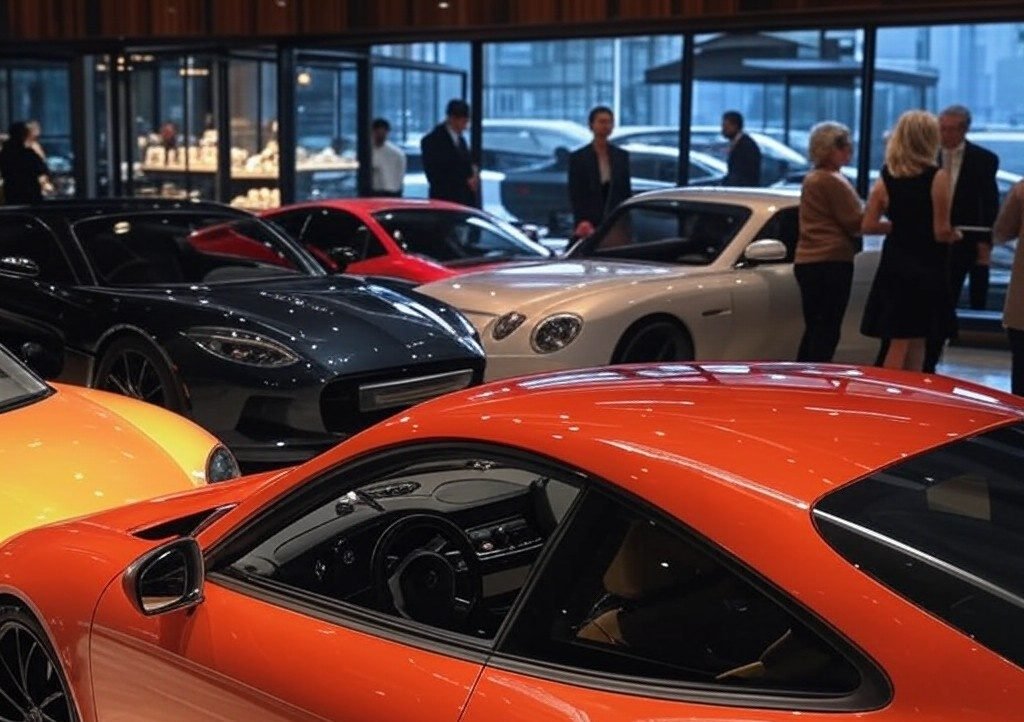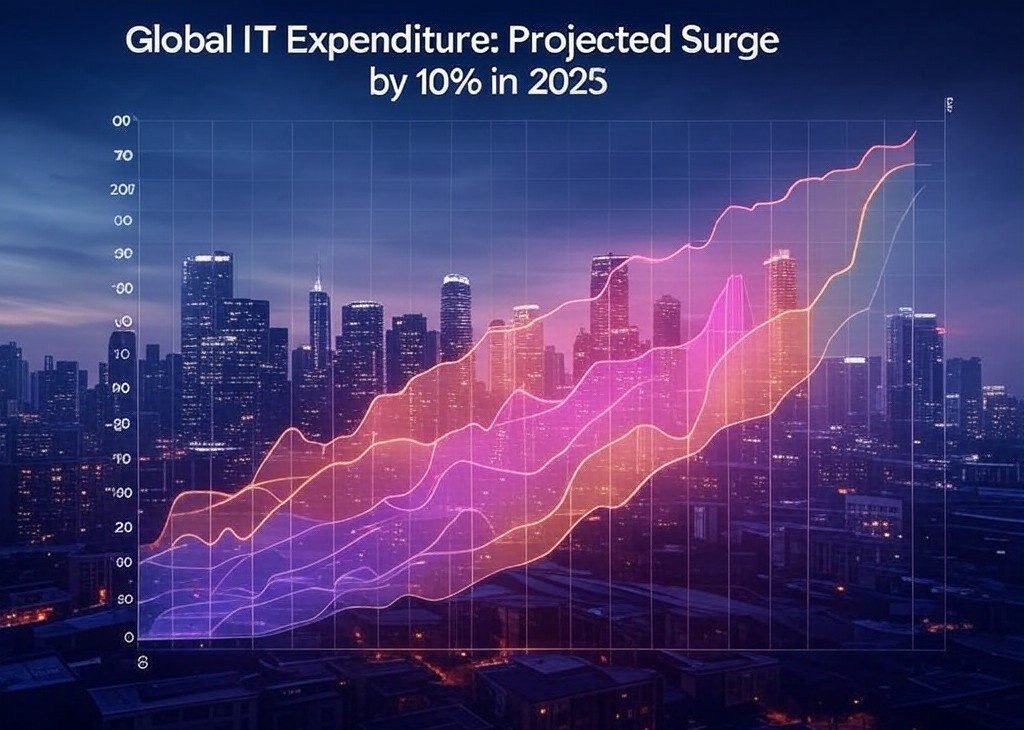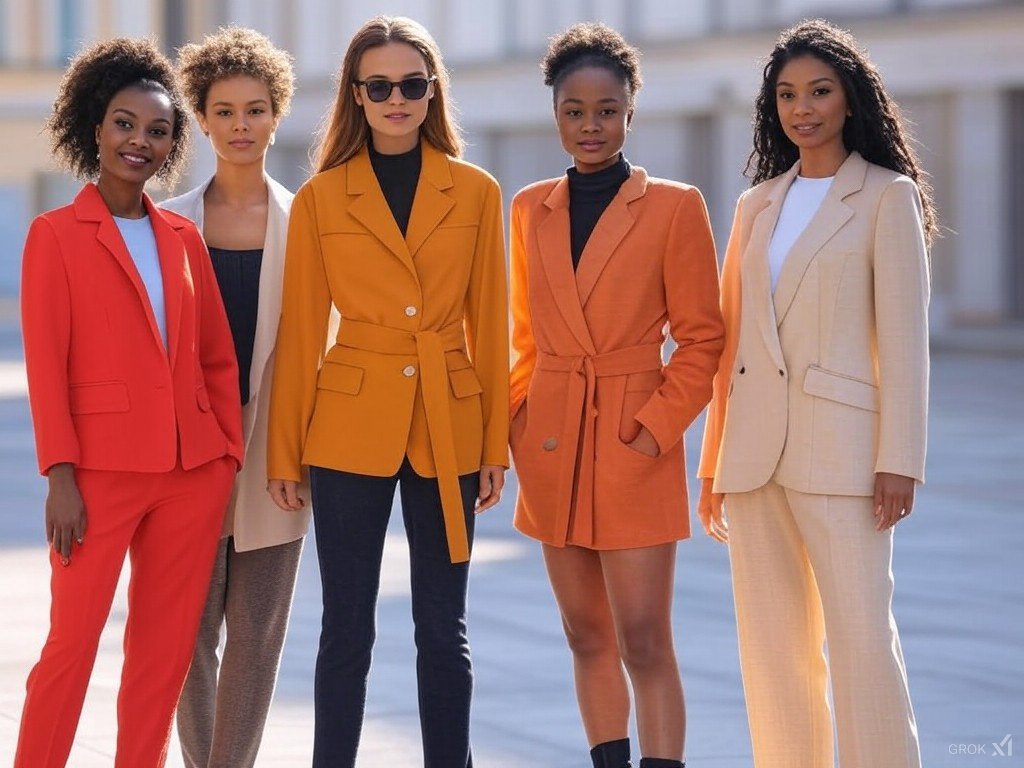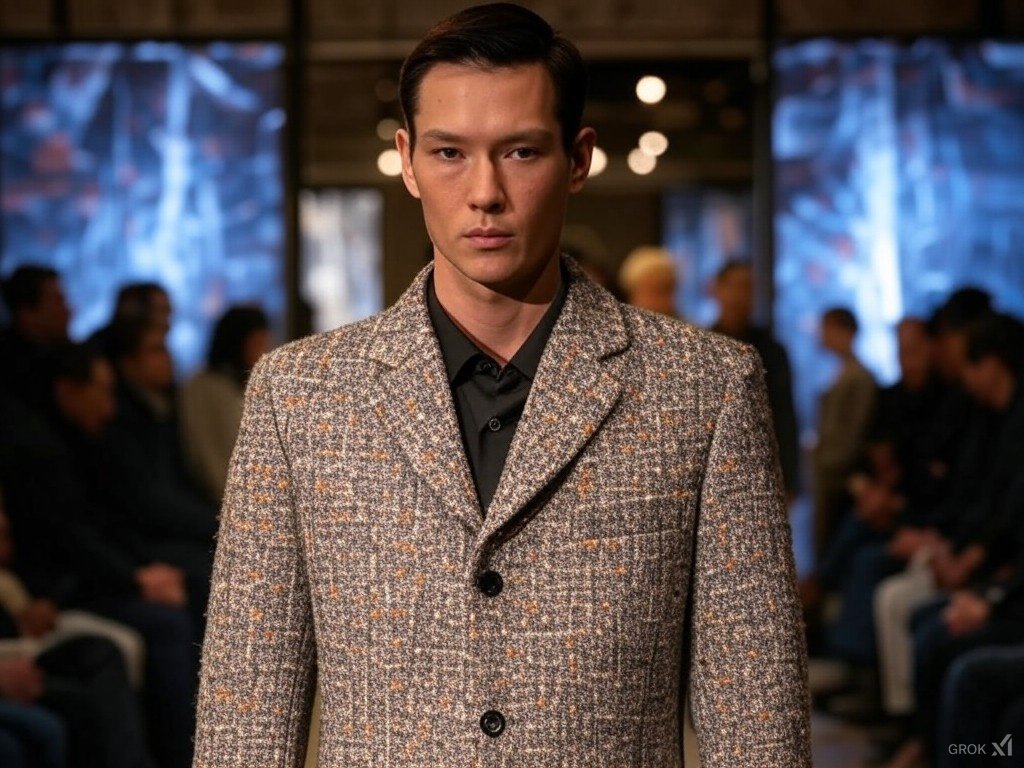Title: The Future of Luxury: Insights into Market Trends and Consumer Behavior
The Luxury Market Landscape: A Comprehensive Overview
The global luxury market is undergoing a transformative phase, characterized by shifting consumer preferences, market dynamics, and a renewed focus on sustainability and authenticity. According to a recent report titled ‘State of Luxury: Fashion’ by McKinsey, the luxury sector is projected to grow at an annual rate of 1% to 3% from 2024 to 2027. This article delves into the details of this report, exploring the anticipated changes in consumer spending, geographic growth patterns, and the evolving landscape of luxury brands.
Growth Projections: U.S. Luxury Market on the Rise
Geographically, the United States is expected to emerge as a leader in luxury market growth, outpacing other regions between 2025 and 2027. The U.S. luxury market is predicted to expand by 4% to 6%, while China is expected to see a growth rate of 3% to 5%. Europe and the rest of the world are projected to experience slower growth, with rates of 2% to 4%.
The combined categories of luxury jewelry and leather goods are set for the most significant growth during this period, with projections suggesting an increase of 4% to 6%. Apparel, which includes ready-to-wear clothing and footwear, is anticipated to grow at a more modest rate of 2% to 4%.
Historical Growth Trends: The Resilience of Luxury
The personal luxury goods industry has shown remarkable resilience, experiencing a consistent growth rate of 5% each year from 2019 to 2023, with a notable surge of 9% annually between 2021 and 2023. This growth has largely been driven by price increases, which averaged 4% per year across the industry. Remarkably, between 2019 and 2023, price hikes accounted for a staggering 80% of luxury’s growth, with certain segments, such as leather goods, witnessing prices escalate by as much as 50% to 100%.
However, the luxury sector is facing challenges as it enters 2024, prompting executives to rethink their strategies. Instead of relying on price increases, many are turning to volume increases as a means to drive future growth. This shift in strategy indicates a significant change in how luxury brands will approach their business in the coming years.
The Role of Ultra-High Net Worth Clients
Ultra-high net worth individuals (UHNWI) constitute a small segment of the luxury market—between 2% and 4% of the client base—yet they account for an astonishing 30% to 40% of the sector’s total spending. According to McKinsey, this demographic is expected to drive 65% to 80% of luxury’s growth from 2023 to 2027.
However, there are noteworthy caveats regarding the spending habits of UHNWI. Many in this group are expressing a desire to reduce their expenditure on personal luxury goods and redirect their spending towards home decor and travel and hospitality experiences. McKinsey highlights a prevailing sentiment among these consumers: a feeling of having “overconsumed” since the pandemic. This shift in focus may significantly impact luxury brands’ marketing strategies as they seek to cater to evolving consumer preferences.
Regional Growth: A Shift Towards Emerging Markets
While the U.S. luxury market is expected to thrive, other regions are also poised for significant growth. Notably, the fashion industry is expected to experience robust expansion in Japan, the Middle East, and India. India, in particular, is projected to see the largest increase, with growth rates ranging from 15% to 20% in the coming year. This trend underscores the increasing importance of emerging markets in the global luxury landscape.
Consumer Experience: The Demand for Transparency and Authenticity
As the luxury market evolves, consumer expectations are also changing. Many luxury customers have expressed dissatisfaction with their in-store experiences in recent years, calling for greater transparency in the sourcing and production of luxury goods. McKinsey’s report indicates that a movement is emerging, shifting away from brand heritage towards the individual visions of creative directors. While this can foster innovation, it may also risk diluting brand identity and long-term performance.
The recent reshuffling of leadership within luxury brands—illustrated by the appointment of ten new CEOs among the top fifteen global personal luxury brands—reflects an industry in transition. As brands strive to redefine their creative visions, consumers are increasingly seeking quicker access to new styles and silhouettes.
Adapting to Consumer Demand: The Search for Newness
The luxury market is shifting towards a model that emphasizes speed and novelty. With the rise of social media and instant access to brand content, consumers are seeking faster trend cycles and new collections. In response, luxury brands are increasingly resorting to collaborations, product “drops,” and high-profile brand ambassadors to satisfy the demand for constant novelty.
However, this pursuit of newness poses risks. McKinsey warns that these strategies may blur a brand’s core identity and alienate its historical client base. Brands must tread carefully, balancing the need for innovation with the preservation of their unique identities.
The Resale Market: A New Avenue for Luxury Consumers
As luxury customers seek greater affordability and uniqueness, many are turning to the resale market. This trend reflects a broader shift in consumer behavior, driven by an appreciation for secondhand and vintage luxury items. McKinsey’s report indicates that 25% of online conversations about luxury resale revolve around the appeal of unique, historic pieces, while 24% focus on the affordability and accessibility of pre-owned luxury goods.
Despite the growing interest in resale, concerns persist regarding authenticity and reliability. Approximately 20% of conversations among buyers center around the need for trustworthy platforms that can guarantee the authenticity of pre-owned luxury items. Brands that can address these concerns and establish credible resale channels may find significant opportunities in this evolving market.
Conclusion: Navigating the Future of Luxury
The luxury market is at a crossroads, with evolving consumer preferences, economic pressures, and a demand for transparency reshaping the landscape. As brands strive to maintain relevance in an increasingly competitive environment, understanding the dynamics of consumer behavior will be crucial.
The projected growth rates indicate a bright future for the luxury sector, particularly in the U.S. and emerging markets. However, the shift towards volume-driven growth, coupled with changing spending habits among ultra-high net worth clients, demands a strategic reevaluation of how luxury brands engage with their customers.
Ultimately, the luxury market’s future will hinge on its ability to adapt, innovate, and maintain authenticity while addressing the desires of a discerning consumer base. As the luxury industry continues to evolve, brands that embrace these changes and remain attuned to their customers’ needs will be best positioned for success in the years to come.





